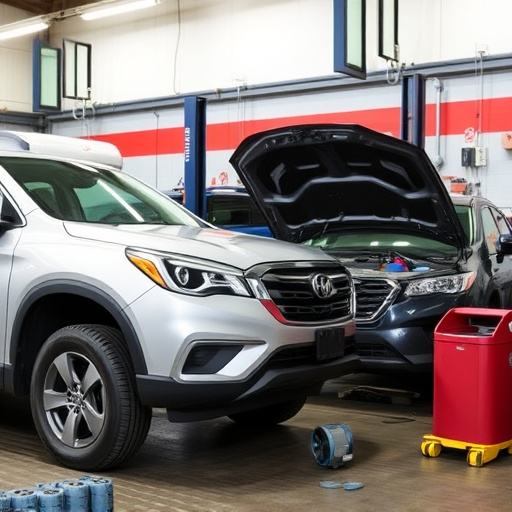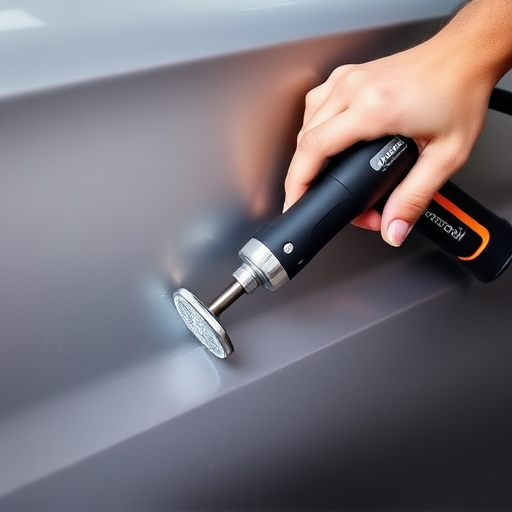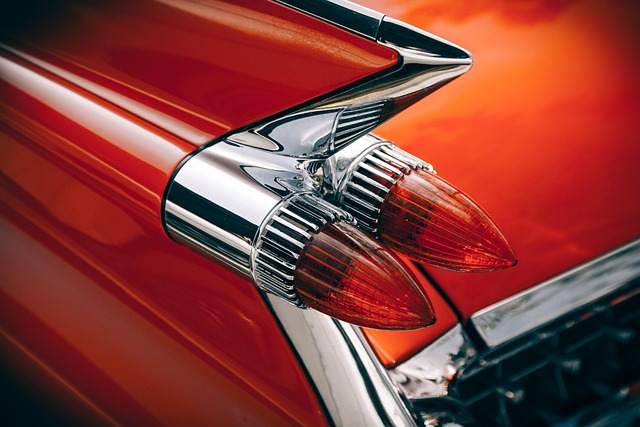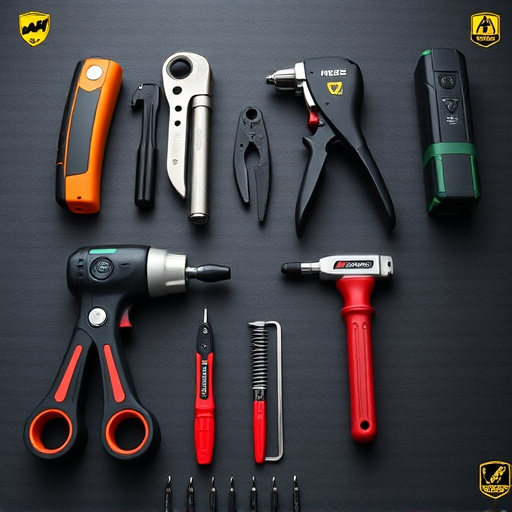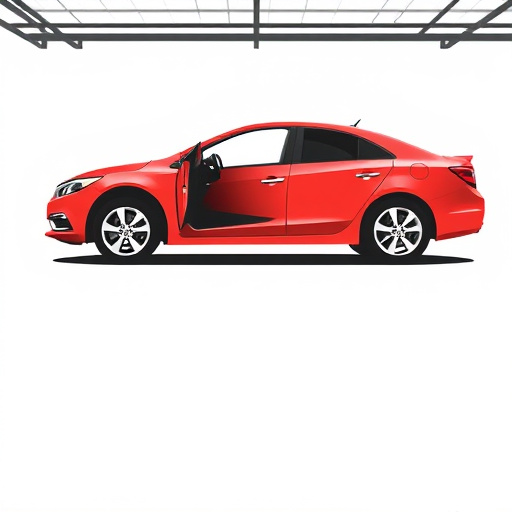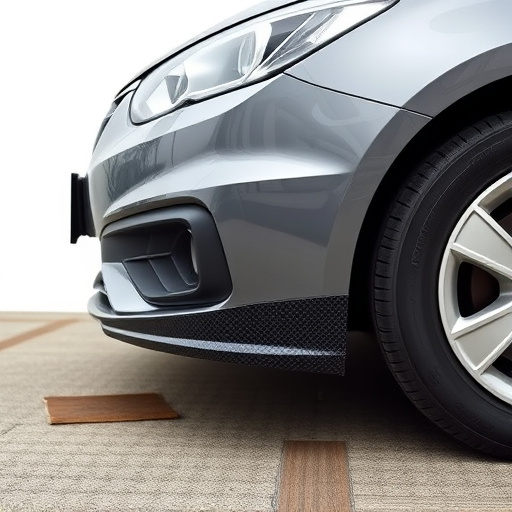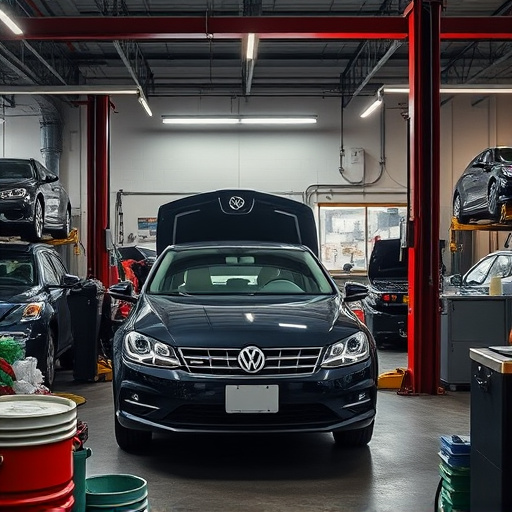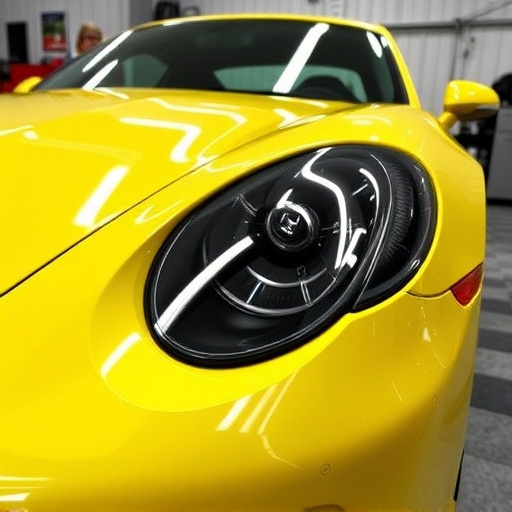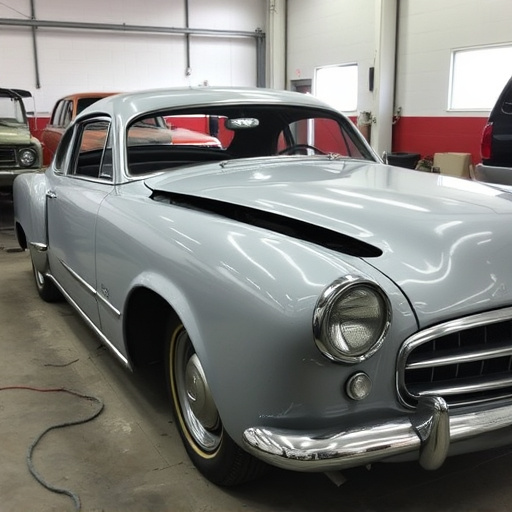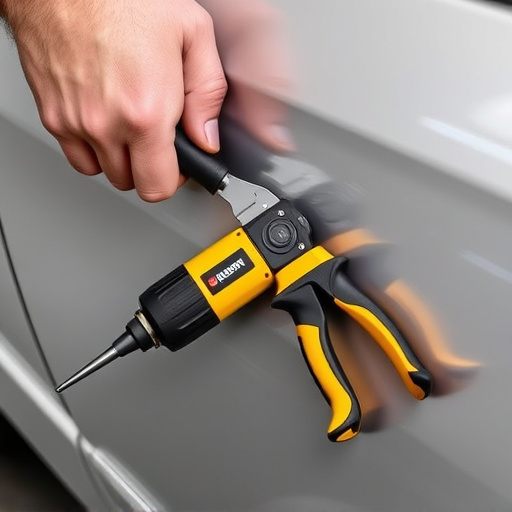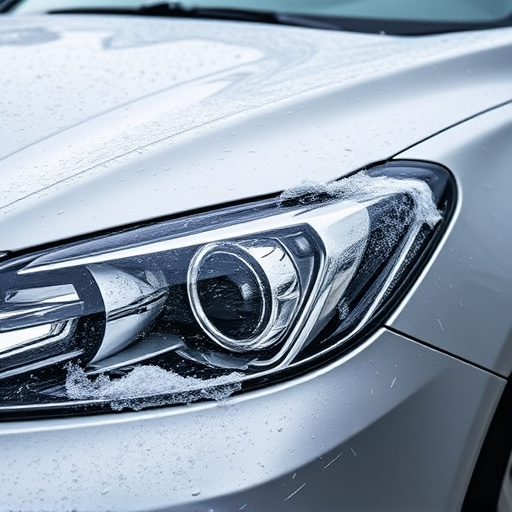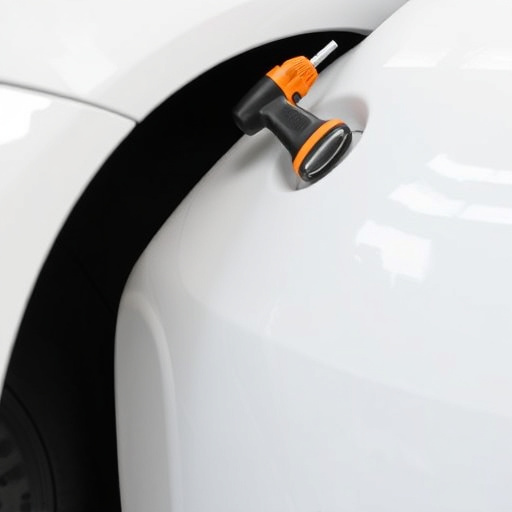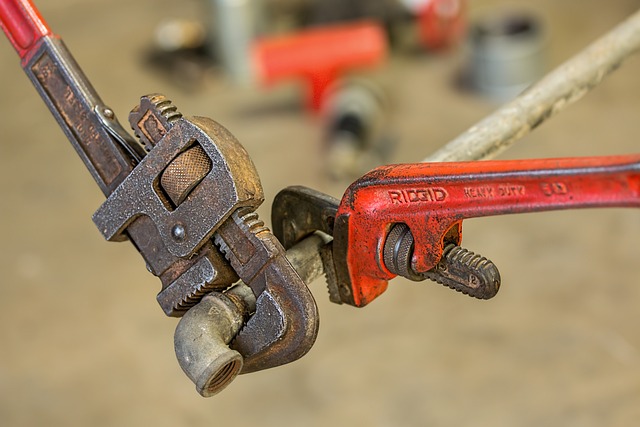Auto body collision repair for electric and hybrid vehicles requires specialized skills due to complex electrical systems, lightweight construction, and advanced propulsion technologies. Technicians use specialized tools and techniques like paintless dent repair for cosmetic restoration while preserving structural integrity. Repairs range from minor damage to recalibration of computer systems, following manufacturer guidelines for precise assessments and safe, high-quality replacements. Bodyshops adapt to this evolving market with tailored services, ensuring safety, performance, and aesthetic restoration.
In the evolving landscape of automotive technology, electric and hybrid vehicles (EVs) are revolutionizing our roads. As these models gain popularity, understanding their unique requirements for auto body collision repair becomes paramount. This article delves into the intricacies of EV collision repair, exploring specific challenges, specialized techniques, and essential steps to ensure safe restoration. From the unique considerations of high-voltage systems to advanced repair methods, discover the key aspects that define successful auto body collision repair for EVs.
- Understanding Unique Challenges in Electric Vehicle Collision Repair
- Hybrid Vehicle Auto Body: Specialized Techniques and Tools Required
- Restoring Safety and Performance: Key Steps in Collison Repair Process
Understanding Unique Challenges in Electric Vehicle Collision Repair
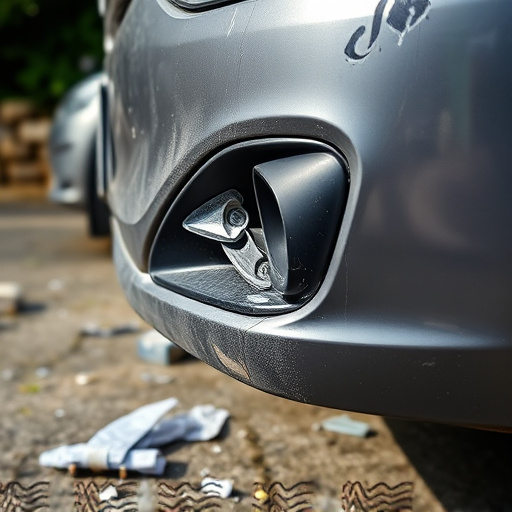
In the realm of auto body collision repair, electric and hybrid vehicles present unique challenges that demand specialized attention. Unlike conventional internal combustion engines, these vehicles’ complex electrical systems and lightweight construction require meticulous handling during the repair process. Every component, from battery packs to high-voltage wiring, must be carefully assessed for damage, disassembled if needed, and precisely rebuilt or replaced to ensure safety and performance.
The delicate nature of electric vehicle (EV) repairs necessitates advanced training and specialized tools. Technicians engaged in EV collision repair must possess in-depth knowledge of electrical architecture, battery management systems, and advanced propulsion technologies. Moreover, addressing dents, scratches, or other cosmetic issues in these vehicles requires a balance between preserving the original aesthetics and ensuring structural integrity, often involving intricate removal techniques for car dent repair and meticulous touch-up work, much like car scratch repair processes, to achieve a flawless finish.
Hybrid Vehicle Auto Body: Specialized Techniques and Tools Required
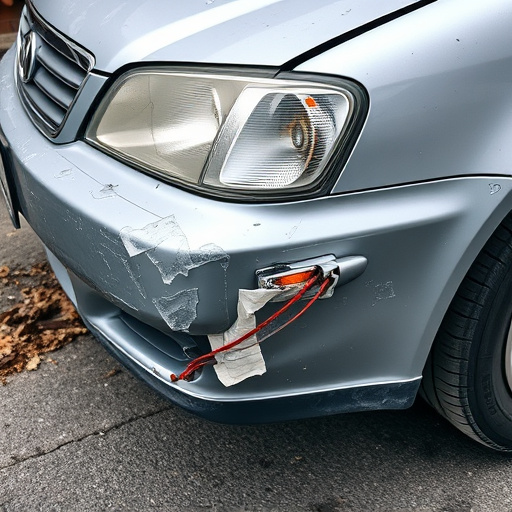
Hybrid vehicles, with their advanced propulsion systems, require a unique approach to auto body collision repair. Unlike conventional cars, these models often feature intricate electrical components and lightweight materials, demanding specialized techniques from body shop services. The process demands a deep understanding of hybrid vehicle construction to ensure safe and effective repairs without compromising the car’s overall performance or efficiency.
When addressing collision damage, bodyworkers must be equipped with advanced tools and training in methods like paintless dent repair. This technique, often preferred for its ability to restore cars to their original condition, involves manipulating metal without sanding or repainting, preserving the vehicle’s aesthetic and value. With the increasing popularity of electric and hybrid vehicles, bodyshops are adapting to meet these specialized needs, offering a range of car bodywork services that cater to this evolving market.
Restoring Safety and Performance: Key Steps in Collison Repair Process
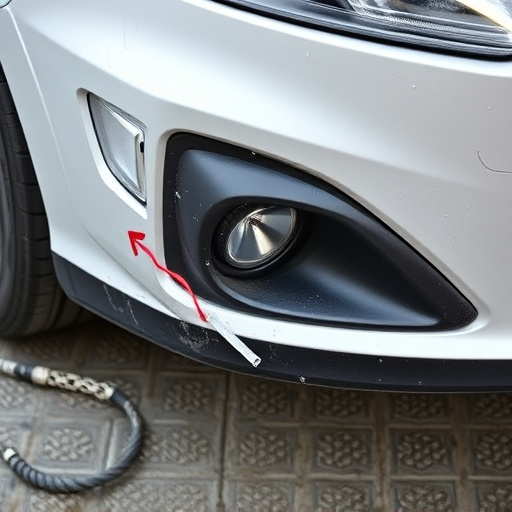
When it comes to collision repair for electric and hybrid vehicles, restoring safety and performance is paramount. These innovative models, while offering numerous environmental benefits, have unique challenges when damaged. Auto body collision repair experts must possess specialized knowledge to handle their delicate components and systems. The process involves meticulous steps to ensure the vehicle returns to its pre-accident condition, maintaining optimal safety standards and peak performance.
Key considerations in this intricate process include thorough inspections, precise damage assessment, and adherence to manufacturer guidelines. Repairs may span from minor hail damage repair to complex body panel replacements and sophisticated electrical system recalibration. Skilled technicians employ advanced techniques for vehicle paint repair, ensuring color matching perfection with state-of-the-art equipment. Every detail is crucial, from correcting structural deformities to reconfiguring the vehicle’s computer systems, guaranteeing a seamless drive experience that matches the original specifications.
In the realm of modern automotive maintenance, electric and hybrid vehicles present unique challenges for auto body collision repair. These advanced models require specialized techniques and tools to ensure safety and performance restoration. Understanding the distinct needs of EV and hybrid vehicles is paramount in today’s digital era, where these models are becoming increasingly prevalent on our roads. By mastering the collision repair process for these intricate vehicles, professionals can offer top-notch services that cater to their specific needs, ultimately fostering a safer and more sustainable transportation landscape.
